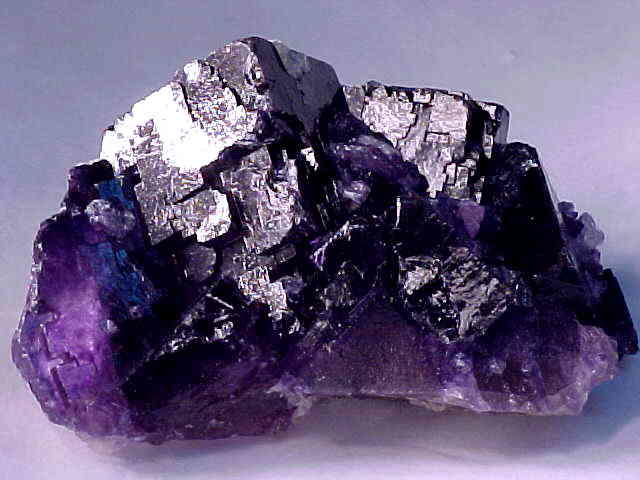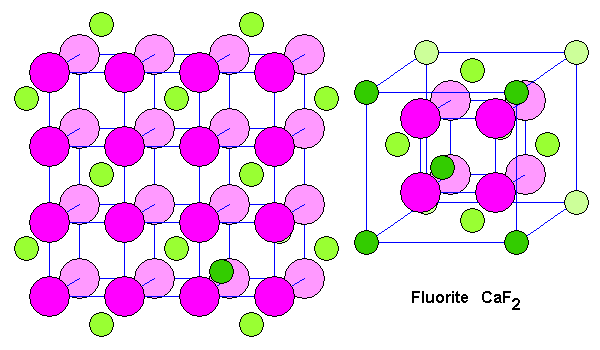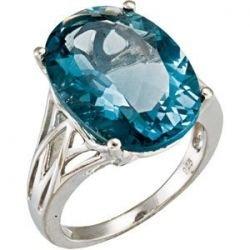Though diamonds, rubies, sapphires and emeralds are traditionally associated with jewelry, the use of less costly yet beautiful minerals as gemstones seems a good idea. As a rule, fluorite is often used to create truly gorgeous jewelry; however, the use of fluorite as a gemstone has its positive and negative aspects compared to other gemstones that have similar properties (Lutgens and Tarbuck “Rocks: Materials of the Lithosphere” 65).
Even though the mineral does not have the required hardness level (4 according to the Mohs scale, which is slightly lower than glass (Mohs Scale of Hardness para. 4)), since the mineral comes in a variety of shades and colors, being allochromatic, which helps make the jewelry unique and avoid using rarer and precious stones, fluorite seems to be an extremely good substitute for a range of precious stones, particularly, for emerald, ruby and sapphire (Lutgens and Tarbuck “Landscapes Fashioned by Water” 81).

Analyzing the properties of fluorite, one must mention that it has an outstanding transparency along with rather high translucency rates, which makes it possible to cut fluorite so that it could look like a gemstone. Indeed, because of the transparency of the stone, the latter can take literally any color depending on the elements that are located in the vicinity; for example, a close proximity to a metallic ore, particularly, lead or tin, makes the mineral take reddish or greenish colors (University of Minnesota’s Mineral Pages: Fluorite para. 3).
Speaking of the use of fluorite as the key raw material for various types of jewelry, one must also bring up the fact that the given mineral is known for its perfect cleavage. Being parallel to the cubic facets of the stone, the cleavage in fluoride makes the latter look very impressive (University of Minnesota’s Mineral Pages: Fluorite para. 3).
Apart from the perfect cleavage, fluorite can also be distinguished by its unique structure and composition. Depending on the environment, in which the mineral was created, its structure may be granular, fibrous, or massive; therefore, the mineral comes in a large variety of forms, which means that it can be shaped to look like practically any precious gem (Crystal Structure of Fluorite para. 1).

It should be noted, though, that some of the mineral’s properties make its use in jewelry somewhat complicated. For example, the fact that fluorite reaches only 4 points in Mohs scale shows that the mineral is far too fragile compared to emerald, diamond and other gemstones. If fluoride were harder, it would be a perfect for replacing gems in jewelry. However, a relatively low hardness rate does not allow fluorite to become an impeccable substitute for precious gems in jewelry (Mohs Scale of Hardness para. 4).
Even though the fact that fluorite is rather soft is doubtless, lacking hardness is a minor dent in the overall good characteristics for fluorite to be a substitute for gemstones in jewelry. Every single feature apart from hardness shows that fluorite is close to diamond and other precious stones in its properties. Therefore, the use of fluorite as a source material for various types of jewelry should be encouraged (University of Minnesota’s Mineral Pages: Fluorite para. 3).
Despite the fact that fluorite’s hardness leaves much to be desired, which is clearly a disadvantage for a stone used in jewelry, the mineral in question can still be considered a decent substitute for more expensive options, such as diamond, ruby, sapphire and emerald. Because of such properties as transparency and translucency, the mineral can replace the above-mentioned gemstones quite successfully. A vitreous luster and a white streak add to the attractiveness of the mineral and make it unique.

Works Cited
Crystal Structure of Fluorite. Web.
FLUORITE: Factsheet & Information. Web.
Fluorite Jewelry. Web.
Fluorite Structure. Web.
Lutgens, Frederick K. and Edward J.Tarbuck. “Rocks: Materials of the Lithosphere.” Foundations of Earth Science (7th Edition). Prentice Hall. 2014. Print.
—. “Landscapes Fashioned by Water.” Foundations of Earth Science (7th Edition). Prentice Hall. 2014. Print.
Mohs Scale of Hardness. Web.
University of Minnesota’s Mineral Pages: Fluorite. Web.